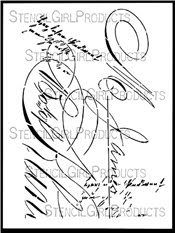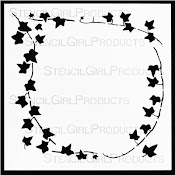StencilGirl Talk: Mary Beth Shaw's VLOG: March 2022
-
StencilGirl Talk: Mary Beth Shaw's VLOG: March 2022: Join Mary Beth in
Amsterdam and Paris! Click here for more information and registration!
Monday, April 22, 2013
Wednesday, April 10, 2013
Wednesday, April 3, 2013
Subscribe to:
Comments (Atom)




















































































